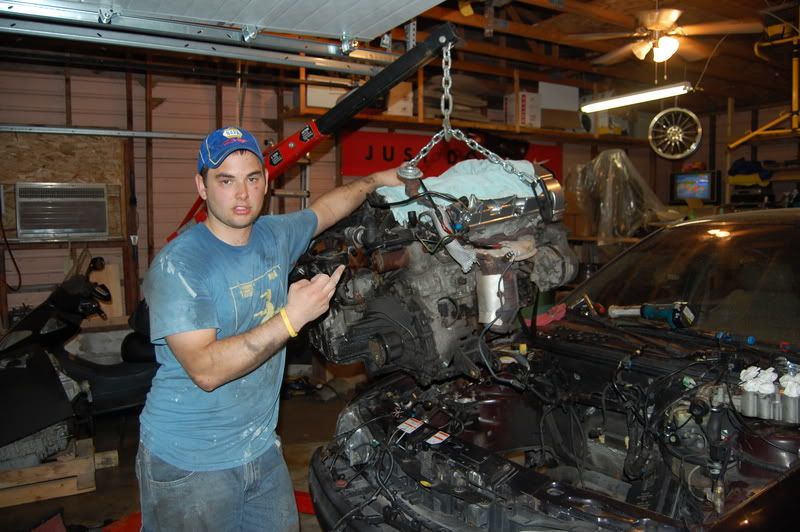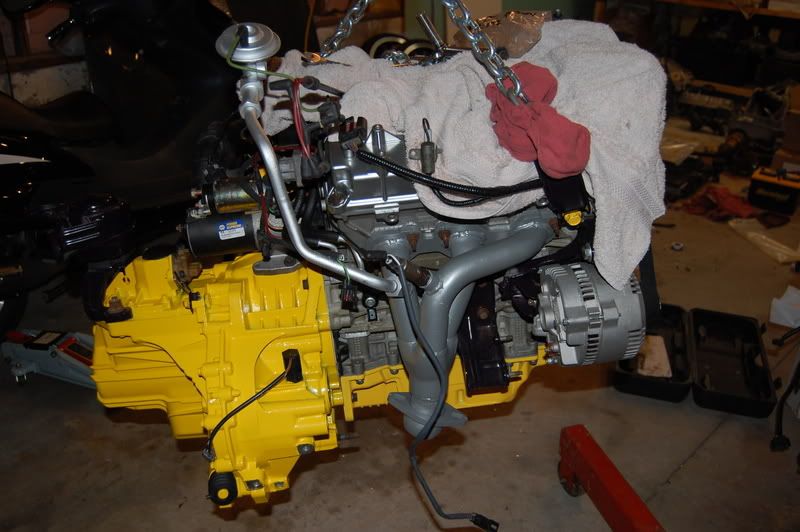EGR works by recirculating a portion of an engine's
exhaust gas back to the engine
cylinders. Intermixing the incoming air with recirculated exhaust gas dilutes the mix with inert gas, lowering the
adiabatic flame temperature and (in diesel engines) reducing the amount of excess oxygen. The exhaust gas also increases the
specific heat capacity of the mix, lowering the peak combustion temperature. Because NOx formation progresses much faster at high temperatures, EGR serves to limit the generation of NOx. NOx is primarily formed when a mix of nitrogen and oxygen is subjected to high temperatures.
In a typical automotive
spark-ignited (SI) engine, 5 to 15 percent of the exhaust gas is routed back to the intake as EGR. The maximum quantity is limited by the requirement of the mixture to sustain a contiguous flame front during the combustion event; excessive EGR in an SI engine can cause misfires and partial burns. Although EGR does measurably slow combustion, this can largely be compensated for by advancing spark timing. The impact of EGR on engine efficiency largely depends on the specific engine design, and sometimes leads to a compromise between efficiency and NOx emissions. A properly operating EGR can theoretically increase the efficiency of gasoline engines via several mechanisms:
- Reduced throttling losses. The addition of inert exhaust gas into the intake system means that for a given power output, the throttle plate must be opened further, resulting in increased inlet manifold pressure and reduced throttling losses.
- Reduced heat rejection. Lowered peak combustion temperatures not only reduces NOx formation, it also reduces the loss of thermal energy to combustion chamber surfaces, leaving more available for conversion to mechanical work during the expansion stroke.
- Reduced chemical dissociation. The lower peak temperatures result in more of the released energy remaining as sensible energy near TDC, rather than being bound up (early in the expansion stroke) in the dissociation of combustion products. This effect is minor compared to the first two.
It also decreases the efficiency of gasoline engines via at least one more mechanism:
- Reduced specific heat ratio. A lean intake charge has a higher specific heat ratio than an EGR mixture. A reduction of specific heat ratio reduces the amount of energy that can be extracted by the piston.
EGR is typically not employed at high loads because it would reduce peak power output. This is because it reduces the intake charge density. EGR is also omitted at idle (low-speed, zero load) because it would cause unstable combustion, resulting in rough idle.


